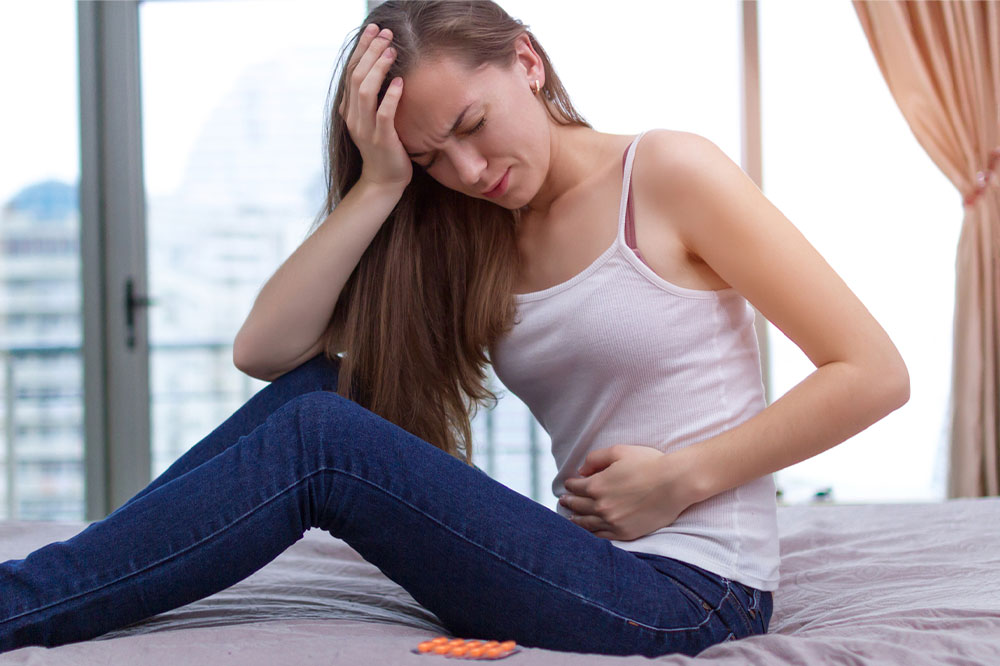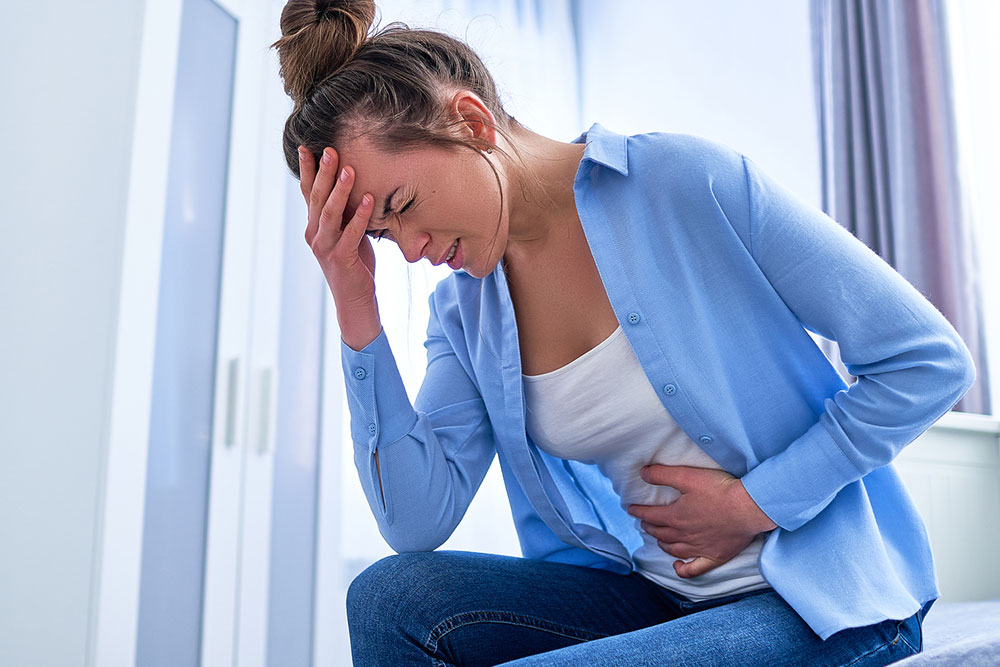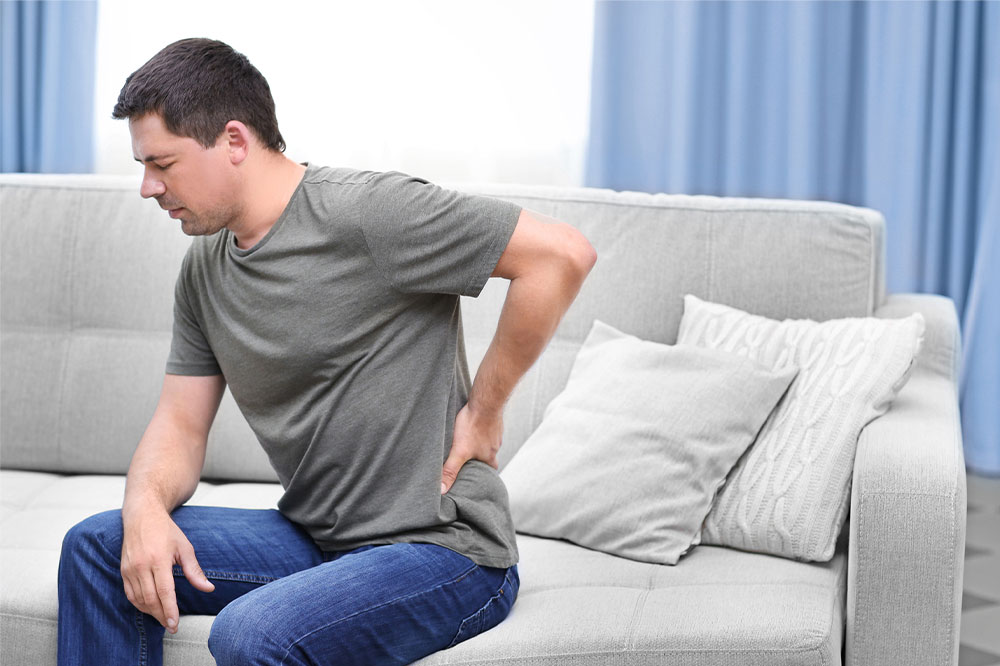Healthy Foods to Manage Menstrual Cramps

About 80% of women worldwide suffer from menstrual cramps, also known as dysmenorrhea. Women can have period pain right from their teens and continue till menopause. However, in around 5 to 10% of women, menstrual cramps are painful enough to disrupt their daily lives.
These cramping pains are intense throbbing sensations in the lower abdomen experienced during the menstrual period. This pain can radiate to the thighs and the lower back as well.
The menstrual pain begins 1 to 3 days before the period starts, peaks on the second day of the menstrual cycle, and usually subsides after the third day.
Some women may also have headaches, nausea, loose stools, dizziness, and painful menstruation.
How to deal with menstrual cramps?
If the cramps are mild or moderately painful, certain home remedies can help relieve the pain. However, if it is debilitating and disrupts your daily life, you may need to see a doctor. For pain that is not too severe, there are some home remedies that you can try.
They include:
- Hot water bags
- Hot water bags or compresses applied to the lower back and abdomen can help soothe the period pain
- Exercise
- Some studies suggest that light exercises like yoga and mild cardio can reduce period cramps.







